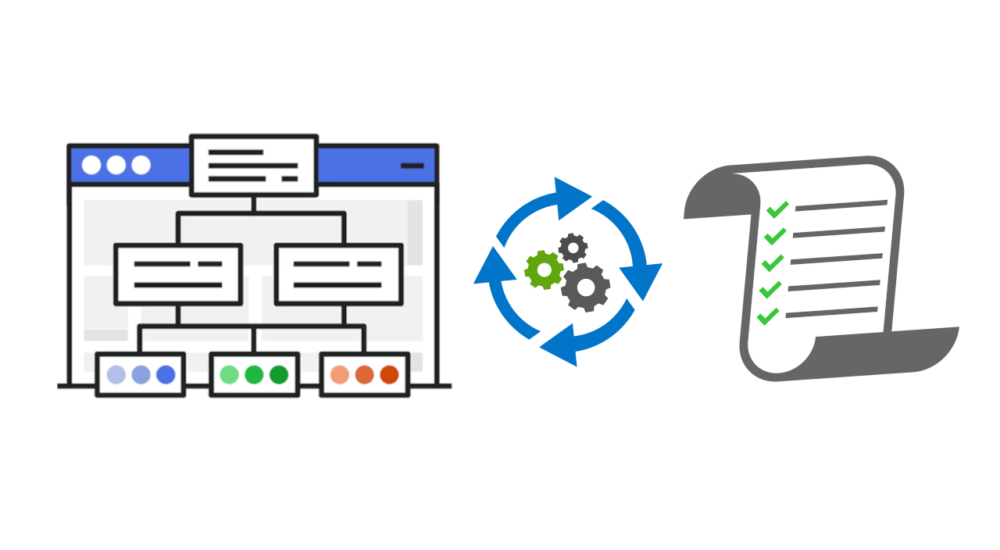A collection of my favorite tools for working with JSON files. Use them to understand, format, validate and visualize JSON files and schemas.
Category: Coding
A list of the best tools for all your CSV-related needs when trying to merge, validate, explore or just convert CSV files.
A list of time-saving, cost-saving and life-saving SQL query hacks you need to know if you consider yourself an advanced BigQuery user.
Recently I came across an interesting project by Sean Thomas Burke called Sitemapper. This is a mini framework, which can be used to parse through sitemap XML files to get all included URLs. Such functionality is necessary when crawling through websites, as the sitemap (usually) holds an up-to-date list of all website URLs. In most cases this list should be enough when designing a crawler and you wouldn’t need to crawl manually the website and create a list of URLs. Sitemap parser: Sitemapper Sitemapper is a well-maintained and well-documented, open-source library offering the following features: Follows redirects Supports gzip sitemaps...
If you are working with analytics you have to know what each HTTP status code means. Every piece of information travelling through the webs is also carrying a status code with it every time it travels. HTTP status codes are standard response codes given by web site servers on the Internet. The codes help identify the cause of the problem when a web page or other resource does not load properly. Every status code consists of 3 digits and belongs to one of 5 main groups. The first digit of the status code indicates the general type of response (the main group of the status...
When capturing PII data (Personally identifiable information) in GA or Adobe analytics, you need to make sure that the values captured are encrypted/hashed to respect the rules of these platforms. Otherwise you might have your account deactivated without any prior notice! A very common hashing algorithm is MD5. It produces a 128-bit hash value and it’s a one-way hashing algorithm, meaning that you cannot convert the hashed value back to the original one. (Keep in mind that MD5 hashes are only secure when using a unique input value, to prevent reverse lookup attacks e.g. using https://md5.gromweb.com/ ) To be able...
The following function takes some nightmarish Word HTML and return a clean HTML output that you can use safely on the web. This will help you fix issues that occure when users upload text straight from MS Word.
You don't have to use WordPress plugins every time you want to use some kind of social network functionality for your blog. Just follow this guide.
Quick way to implement JavaScript source code when the facebook Like button is clicked. The following guide describes all the steps that need to be followed in order to trigger javascript code successfully when the Facebook like button is clicked.
In case you encounter any problems with your site's cufonized fonts try to update you rendering engine to the latest version. On October 24 they released released version 1.09i, which is the same as 1.09 but IE9-compatible. Keep in mind that you do not need to convert your font generated files again, just replace your old cufon-yui.js with a new one and you're good to go.











